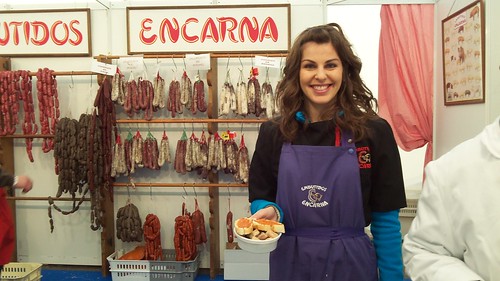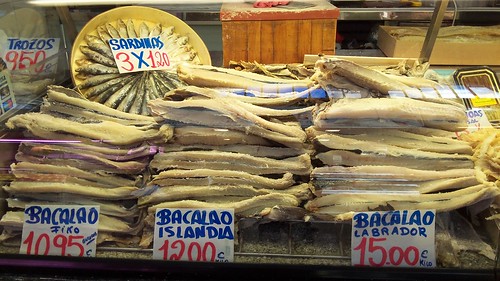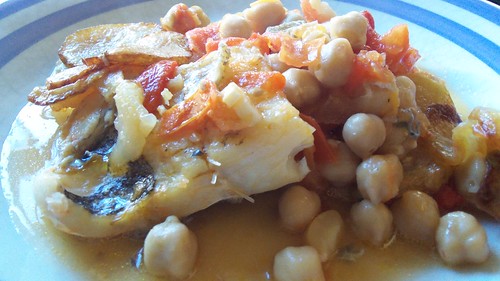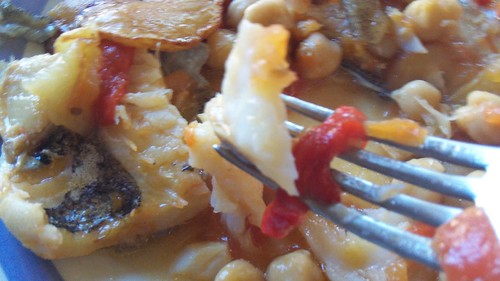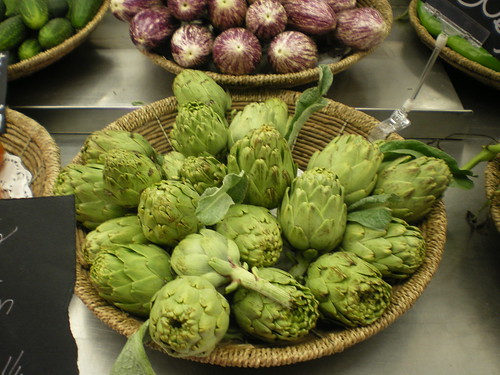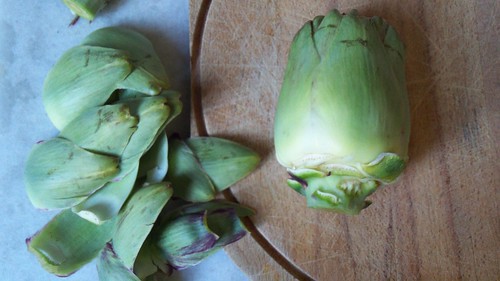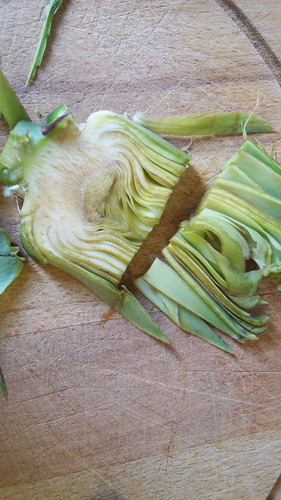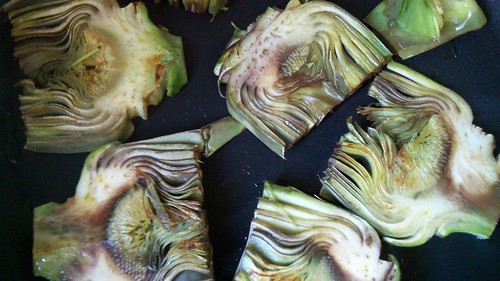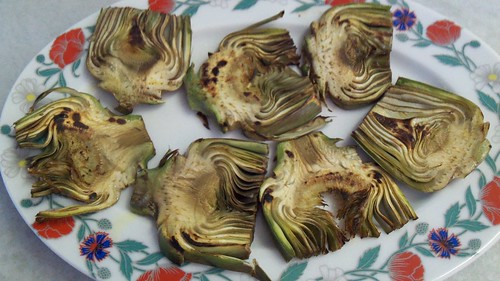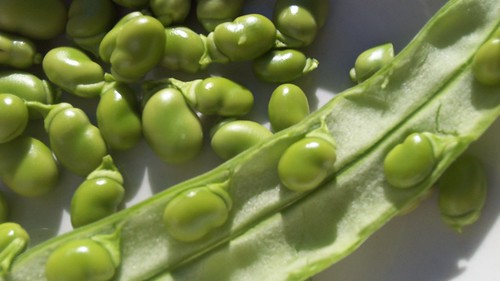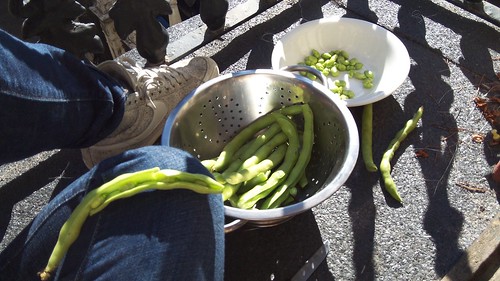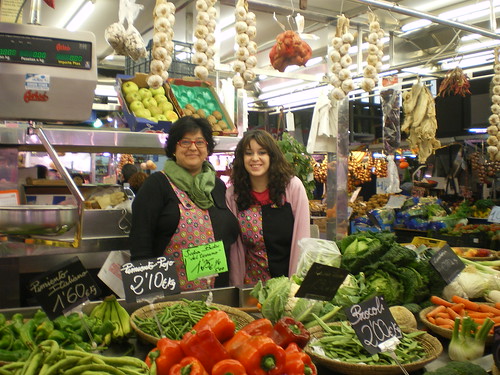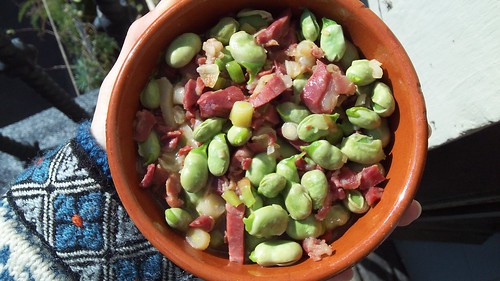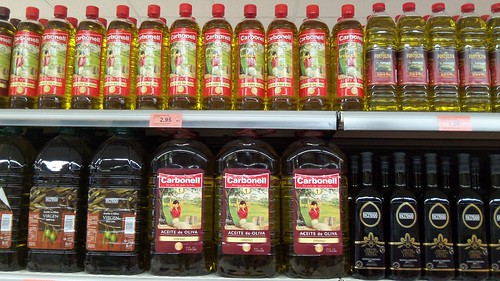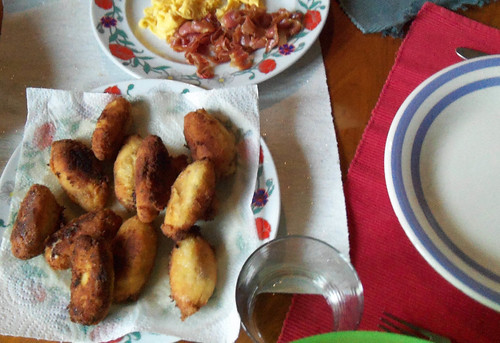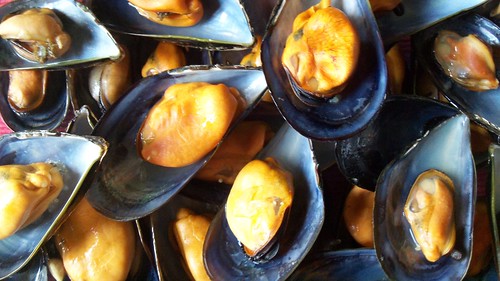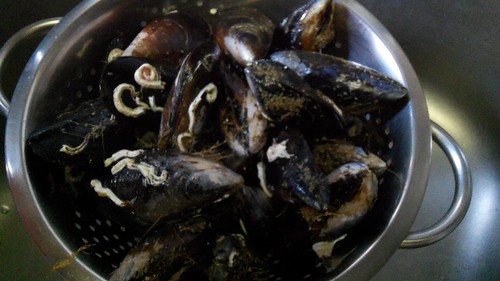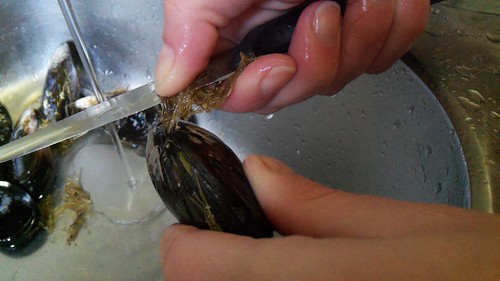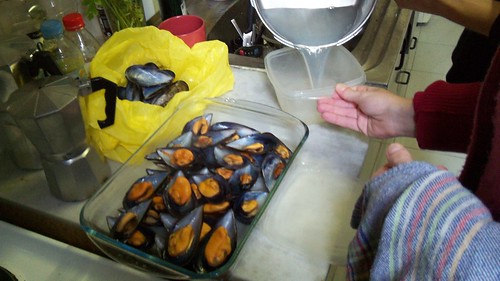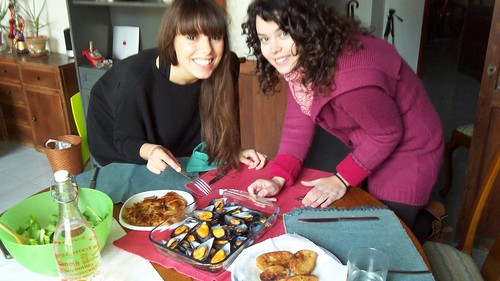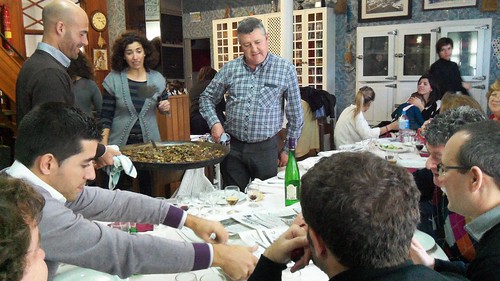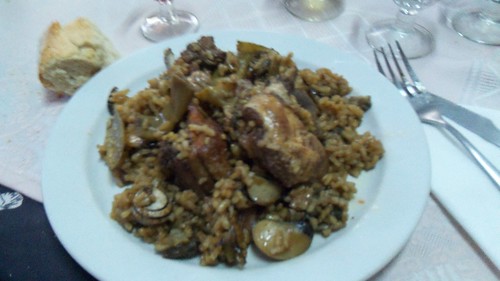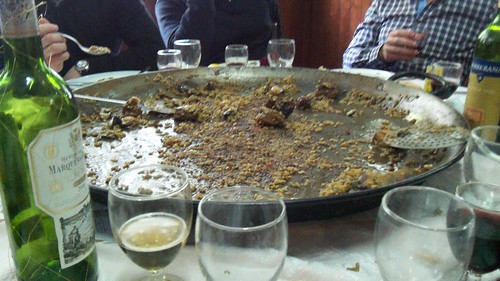Picture this. Cold Sunday in a rural Spanish town. A sunlit
street lined with tables, music blaring, a bounty of balloon sellers and
hundreds of hungry people rammed in giant white tents full of embutido stalls.
A whole three-day festival dedicated to sausages. Spain probably has a festival
to celebrate all the food it produces, so far I’ve come across jamon, tomatoes and paella celebrations. This Sunday, I made a pilgrimage to a feria de embutido, a
fair to celebrate cured and spiced sausages. Hosted by Requena, a town famed
for its wine and pork products. For 10 euros you got a knacky tray complete
with bowl and wine glass, and tickets to cash in five rations of embutido, 2
glasses of wine, bread (naturally bread with added pork), water and
something from the housewives (which turned out to be pate). I didn’t see one
vegetable all day.
The town was animated with groups of friends drinking wine
and chewing away. In exchange for a ticket you got a taste of various porky morsels;
chorizo, cortezas de cerdo (mega crackling), fuet (a bit like saucisson), morcilla (black pudding), longaniza de
pascua (Valencian cured sausages of Easter, full of sweet herbs) and sobrasada
smeared on toast (a Majorcan sausage, like chorizo, but it’s spreadable). It
was a pork fest, the kind where you lose control of your hand and mouth, and in
fact all awareness of where you are.
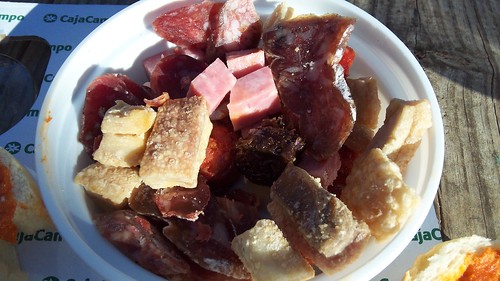
Though caught up in this epic wine fueled chow-down, I was more blown away with the fact that there is such a thing as a three-day festival dedicated to embutido. All the locals had turned out, as well as those from further a field in the region. People waiting in queues talked to each other, saved spaces while someone went off for more wine and strangers shared (in our day we were given wine, extra tickets and as I squealed with delight at the food being eaten by the lady in front of me, she offered me a bite.)

Though caught up in this epic wine fueled chow-down, I was more blown away with the fact that there is such a thing as a three-day festival dedicated to embutido. All the locals had turned out, as well as those from further a field in the region. People waiting in queues talked to each other, saved spaces while someone went off for more wine and strangers shared (in our day we were given wine, extra tickets and as I squealed with delight at the food being eaten by the lady in front of me, she offered me a bite.)
When it comes to food in Spain, I’m constantly bowled over by the
delight people take in it, their enthusiasm and sheer generosity. Sometimes I
get down on the fact that Valencia is lacking cultural things to do in
comparison to London, I’ve only just realised that their culture isn’t between
the walls of a museum, it’s in the way they live their lives, how they eat.
They have enough of this culture to fill the British Museum, a few times over.
Fork notes:
- I got too drunk on wine and pork fat to make proper interviews, but if you’re interested here is a list of the products on offer in Requena.
- 'Salud!' is how to say cheers in Spanish. It always makes me smile that the translation means you are saying 'Health!'.

